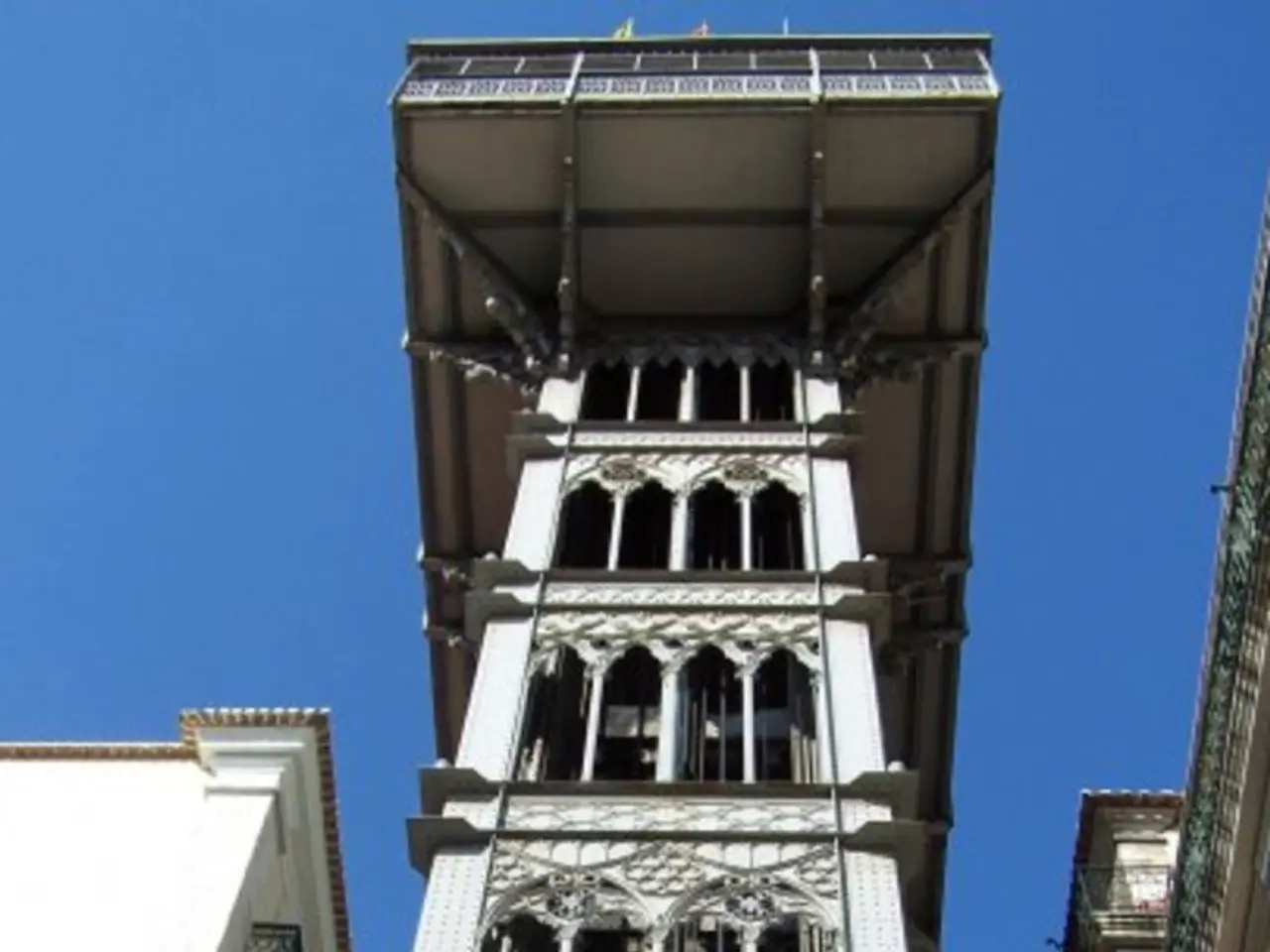Prolonged heatwave persists until Thursday 14th, now deemed the fourth-longest such event since 1975
The Iberian Peninsula and the Canary Islands are currently experiencing a prolonged heatwave, with temperatures expected to remain high for the foreseeable future.
In the northeastern third of the Peninsula, temperatures are predicted to rise, while slight decreases are expected in the southwestern third. Conversely, the Canary Islands are experiencing significantly high minimum temperatures, with values not expected to drop below 26-28°C, especially on southern slopes.
The heatwave, which began on August 3, has already lasted for 12 days, making it the fourth longest in the Peninsula and Balearic Islands since 1975. However, precise statistics regarding the number of heatwaves of 12 days or longer are not readily available.
General climate knowledge suggests that heatwaves in the Mediterranean, including the Peninsula and Balearic Islands, have been increasing in frequency and duration due to climate change since the mid-20th century. Detailed regional climate studies or datasets, such as from the Spanish meteorological agency (AEMET) or scientific publications focused on heatwave trends in these specific areas, would be necessary to provide exact figures.
Over the next two days, temperatures will exceed 36-38°C in much of the Peninsula's interior, possibly reaching 40°C in the valleys of the Tajo, Guadiana, and Guadalquivir. The heatwave is expected to last until at least August 14, with the second heatwave of the summer currently ongoing.
Conditions are favourable for the development of isolated storms in central and southern Peninsula, as well as in the Pyrenees today, while on Saturday they will tend to move to points in the Central System and northern Iberia. The most significant phenomenon associated with these storms will be strong gusts of wind, which can be locally very strong.
From Monday, temperatures will rise again on the eastern coasts, eastern Cantabrian, and extreme southwestern, while decreasing notably in the northwestern third. Red alerts for maximum temperatures have been issued on the four islands.
From Thursday, August 14, decreases in temperatures are expected, especially in the western half of the Peninsula, and these decreases will intensify in the following days. However, very high minimum values will be maintained in most of the territory. Minimum temperatures will not drop below 23-25°C in areas of the central and southern Peninsula, as well as on Mediterranean coasts.
In the Canary Islands, temperatures have been increasing since Tuesday and will continue to do so throughout the week, with maximum temperatures that from today could exceed 35-38°C in midlands and highlands. Temperatures could exceed 40°C in the islands of Tenerife, Gran Canaria, Fuerteventura, and Lanzarote.
It is important to note that while the exact number of heatwaves of 12 days or longer since 1975 is not readily available, the ongoing heatwave serves as a reminder of the increasing frequency and duration of such events in the Mediterranean region. For authoritative and precise statistics, I recommend consulting detailed climate research articles or climate databases focused on the Iberian Peninsula and Balearic Islands heatwave history.
Stay tuned for updates on this developing story.
The increasing high temperatures in the Canary Islands, with minimum values not expected to drop below 26-28°C, especially on southern slopes, might suggest an average temperature rise in environmental science studies focused on the region. This heatwave, currently ongoing and expected to last more than the average duration of heatwaves in the Peninsula since the mid-20th century, is a concern regarding weather patterns in the Mediterranean.








